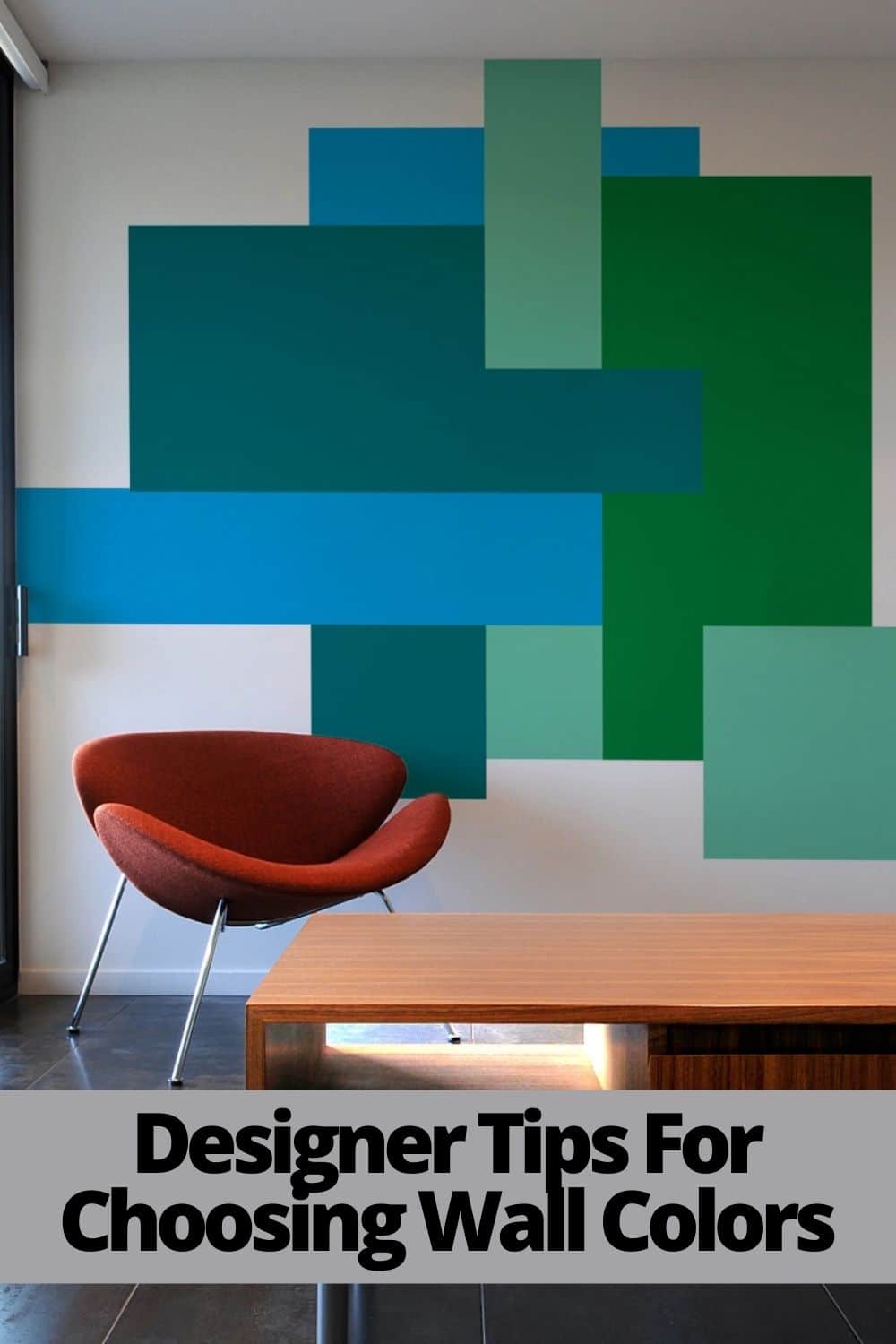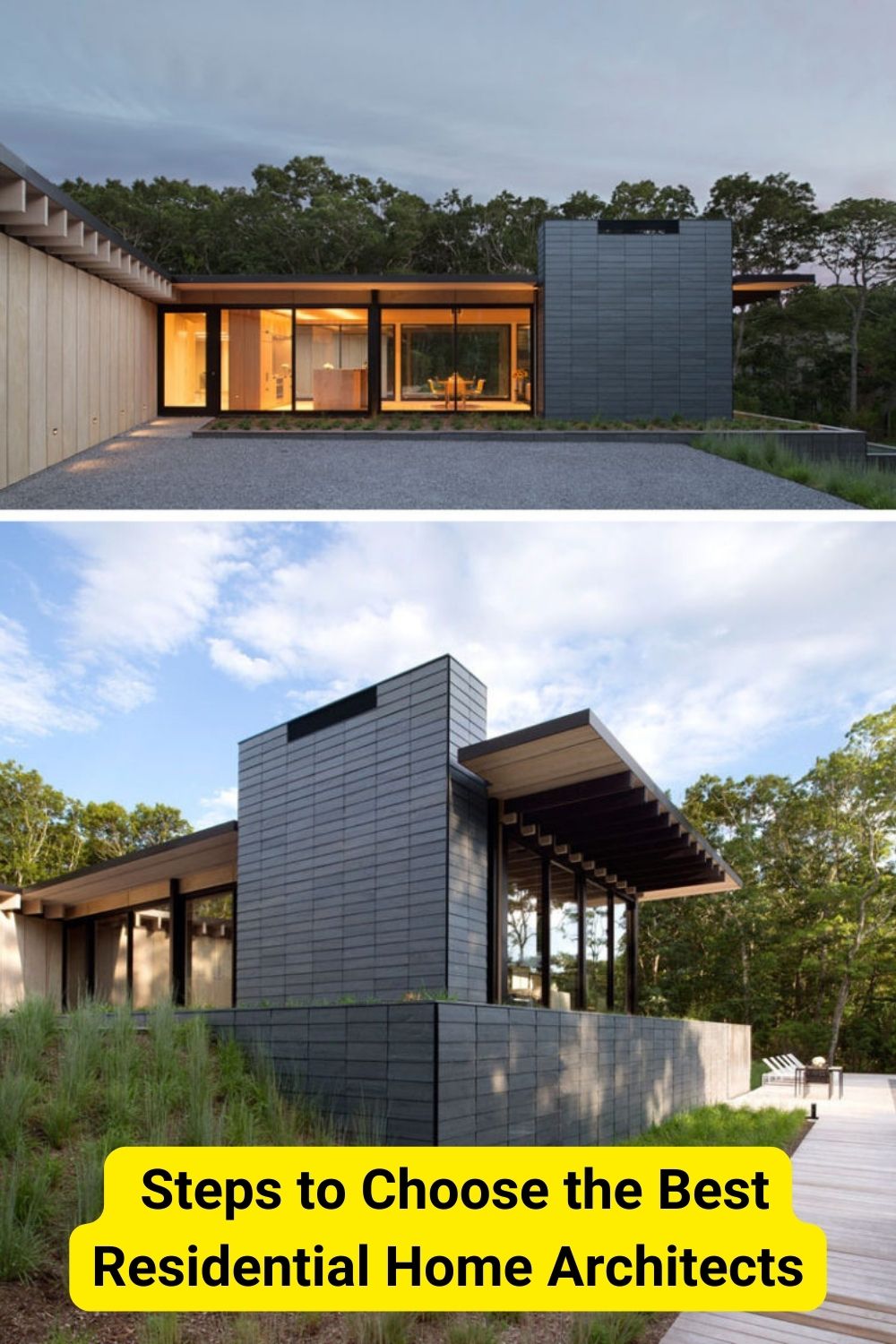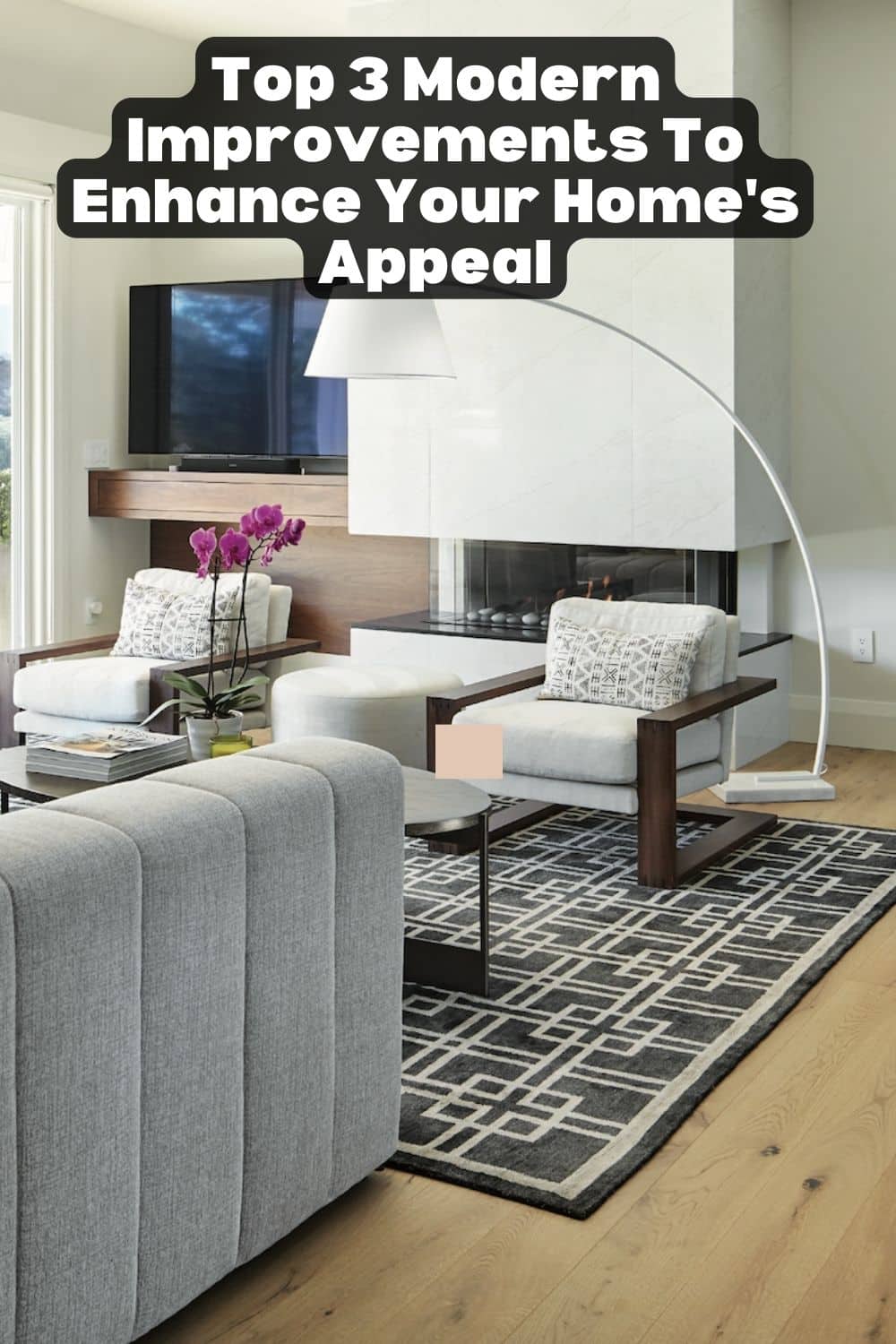Are you planning to upgrade your home by painting the walls in another color? Love the idea but quite not sure what wall colors to pick? Painting your walls is an inexpensive DIY project that offers a significant return on investment (ROI). On average, painting your home’s interior and exterior walls can yield at least USD$4,000 in value.
The availability of pre-made wall colors and the ability to customize color palettes are two of the reasons why choosing wall colors can be tough. Having too many options can be overwhelming, especially if this is your first time taking on such a project. You’re likely clueless on what to consider when choosing. Fortunately, this article can help.
Read Also: 5 Smart Ways to Use Pastel Colors in Home
Here are six designer tips to help you choose the perfect wall colors:
Find Inspiration
It’ll be challenging for you to choose walls colors if you don’t know the latest trends in interior design. Wall color trends change every year and choosing outdated color combinations might prevent you from enhancing the appearance and functionality of your rooms.
Finding color inspirations online is a must when choosing wall colors. If you already have a wall color in mind, say you want to use white paint in your living room, look for photos online to draw inspiration. Is using all-white for interior walls still on-trend today? Or are experts recommending mixing white with similar hues? You’ll have the answer to these questions when you look for inspiration from various sources.
Consider The Feeling You Want To Create
Color psychology implies that different colors have different effects on people. For example, green is often associated with peacefulness and calmness, while white is linked to innocence and cleanliness.
To help you choose wall colors, think about the feeling you want to create in the room. For example, when painting kitchen walls, one of your best options is red as it stimulates the appetite. When painting the walls of your home office, consider using yellow as it helps stimulate the brain. As for the bedroom walls, gray paint is one of your best bets as this calming color can help you sleep better and longer.
The rooms in your house have different purposes, so never paint every room in the same color. Yes, red can work really well in the kitchen, but never in the bedroom. Red can raise the energy level of the room, making it challenging to fall and stay asleep.
Choose A Color From The Largest Pattern
Combing through thousands of color palettes and combinations can be tough if you don’t have any basis for your decisions. Should you lean towards darker or lighter hues? Or should you stick to neutral shades?
Another tip to follow when choosing wall colors is to focus on the largest pattern in the room and pick colors that complement that pattern. For example, if your living room has a colorful rug with light shades of purple, painting the walls in lilac enables you to create a more polished and cleaner space. If your kitchen showcases large artworks in blue, consider painting the walls in darker or lighter shades of blue.
Aside from helping you narrow down your options, paying attention to the largest pattern in the room also reduces the risk of choosing wall colors that make the space look cluttered. Following this tip will go a long way in ensuring that the wall colors you choose will create coherency.
Follow The Rule Of Three
Following the maxim ‘the more, the merrier’ in picking wall colors can stir up a lot of problems. Using too many colors will make the room feel the opposite of peaceful—these combinations can trigger anxiety and make the room feel as if it’s closing in.
You can choose the best wall colors by following the rule of three. This simply means limiting your color palettes to three colors in one room. This tip will make any room feel fresh and always on-trend without going overboard by using too many colors.
When following this tip, make sure to choose walls colors that complement the existing two colors present in the room. For example, if your living room has black and white furniture and upholstery, light and dark shades of gray are great options.
Try Out Monochromatic Color Schemes
While some people have the guts to try out different colors in one room, others are more comfortable choosing one color for their interior and exterior. If you’re one of the latter, fret not because choosing one wall color doesn’t necessarily mean having a dull-looking space.
Make bold variations in your wall color choices by trying out monochromatic color schemes. Depending on your preferences, you can use related colors or use a single color that comes in different finishes to paint one room.
For example, if you’re eyeing to paint your dining area with neutrals, play around with ivory, sandstone, and hazelnut. If you’re thinking of painting your rooms blue, you can paint one wall in light blue and then night blue for your wall trims.
Pay Attention To Lighting
You need to consider several things when choosing wall colors—and the type and amount of light your rooms receive should be one of them. Colors will look different depending on how light hits. This is the reason why paint stores have light boxes to test different paint chips.
Consider the location of your rooms when choosing a wall color to ensure that natural light complements it. For example, if the room is facing north, expect that dark colors will look darker and light colors will appear dimmer. If the room faces south, dark colors will look a bit brighter, and light colors (especially white) will create a washed-out appearance.
Aside from natural light, don’t forget to consider the effects of artificial lighting on wall colors, too. LED light bulbs often provide natural, warm lighting and make bright colors (such as red, orange, and yellow) look more intense, while cooler hues (like blue and green) will look duller.
Colors Matter, So Choose Carefully
Choosing walls colors is an important decision because it affects the overall ambiance of your home and the mood of the people who’ll spend time in it. Follow all of the tips presented in this article to ensure you’ll pick the right colors for your home—colors that create a positive ambiance and make people feel good.






Leave a Reply